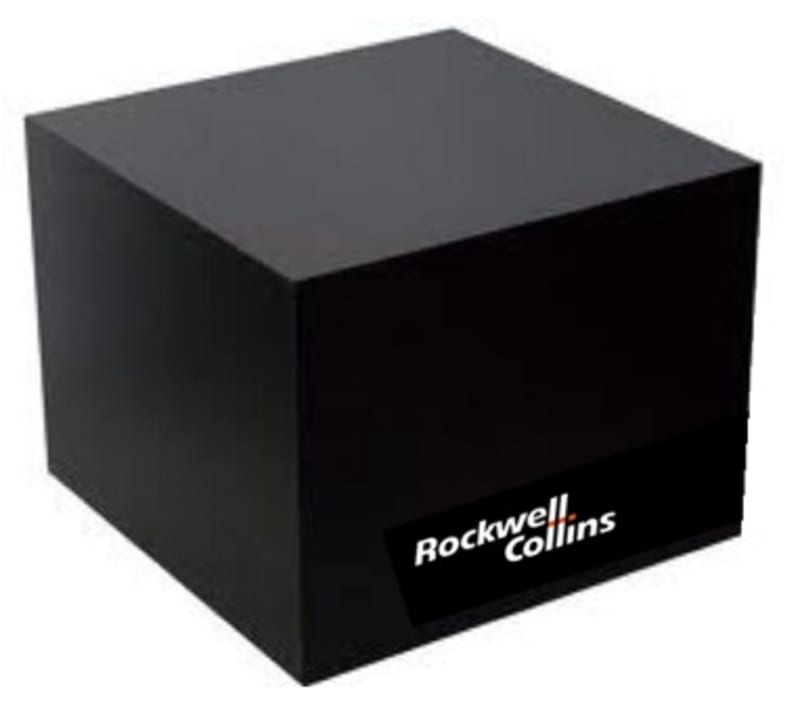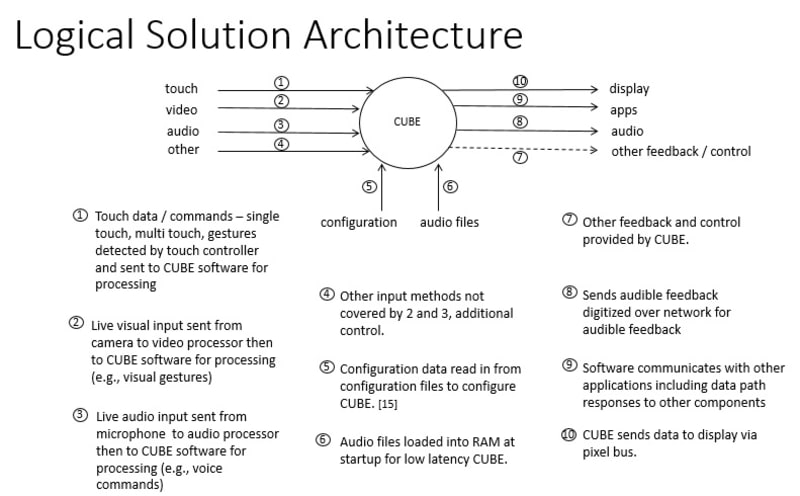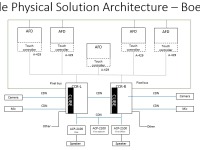As the airplane cockpit evolves, additional methods of Human Machine Interface (HMI) are desired. Examples of this include: the use of multi-touch swipe gesture for Primary Flight Display (PFD) screen transfer, allowing the Pilot to perform mode and menu selections via touch, pinch/zoom map range selection, touch and drag Navigation Display (ND) flight planning, the use of voice commands, providing secondary / audible feedback for touch gestures, Artificial Intelligence (AI) event-triggered safety monitoring, integration of 3D cameras or Google glass, biometric monitoring, etc. etc.
Current aircraft architectures were not built with this type of HMI functionality in mind and therefore require a significant amount of effort and cost to re-architect, develop, and certify to provide this wide range of future functionality and to provide the low latency required for this class of HMI functionality.
Providing a "single box" solution (format can be cube, various cabinet card types, etc.) allows this desired functionality to be added to an aircraft with little or no modification to the existing architectures, across a wide variety of platforms from Air Transport to Civil aviation. A certified, low latency, multi-core box with common I/O such as A-429, AFDX, Pixel bus, highly configurable specialized software with use of plug-ins, and support for the most common real time operating systems (e.g., LynxOS, and VXWorks).
In addition to providing the functionality mentioned above, this solution significantly lowers the unit cost, size, power consumption, overall development cost, and overall certification cost.
Like this entry?
-
About the Entrant
- Name:Daniel Fitzgerald
- Type of entry:individual
- Software used for this entry:N/A
- Patent status:none








